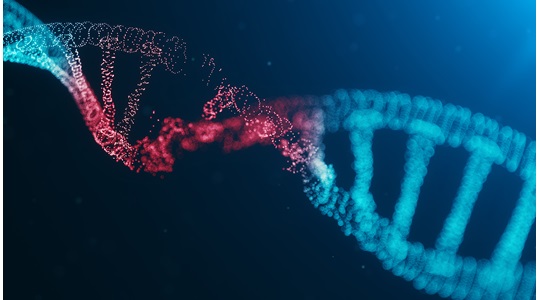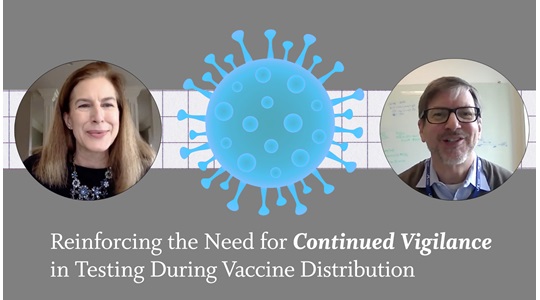The Adams Lab
Mark Adams leads the Genome Technologies Scientific Service and the Advanced Precision Medicine Laboratory which provide NGS capabilities for research and clinical applications. He also leads the NHGRI-funded Technology Development Coordinating Center. His research involves development of methods to target complex genome features including structural variation and gene expression.
Principal Investigator
Location
Connect
Topics
NHGRI Technology Development Coordinating Center
The TDCC supports a stimulating and interactive culture among NHGRI’s Genome Technology Development grantees that encourages greater productivity through collaboration, facilitates outreach activities to increase adoption of new technologies in the broader scientific community, and funds innovative small-scale work through a pilot funds program. Past outreach presentations are available on YouTube.
Long Read Sequencing Workshop
Join us at The Jackson Laboratory in Farmington, CT May 13-16 for the 2024 Long Read Sequencing Workshop. This four-day program includes 3 days of plenary sessions with the participation of renowned speakers, expert users, technology developers, and exciting abstract-driven presentations and an optional one-day hands-on laboratory (wet-lab) session.
Genome Technologies Scientific Service
The GT Service provides a full suite of library preparation and sequencing on Illumina, PacBio, and Oxford Nanopore platforms.
Advanced Precision Medicine Laboratory
The APML integrates the latest sequencing technologies with the insights of an experienced multidisciplinary team of scientists to help clinicians and translational researchers select the best options for personalized care.
Microbial community profiling using high-plex targeted genomic assays
We have adapted a single-primer extension assay named “MA-GenTA” to quantitative profiling of bacteria in the mouse gut microbiome. Using this assay, we can determine the relative abundance of hundreds of microbial species at once. The assay is straightforward, cost-effective, and reproducible. Future work is directed at other applications of this method for characterizing the accessory genome variation and distribution of selected species.



